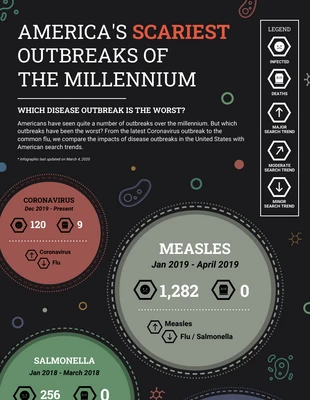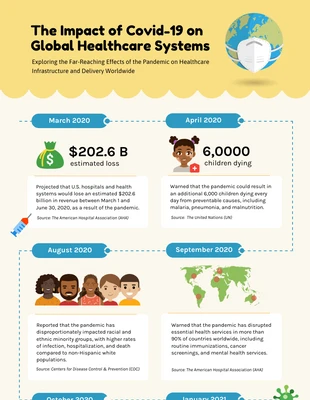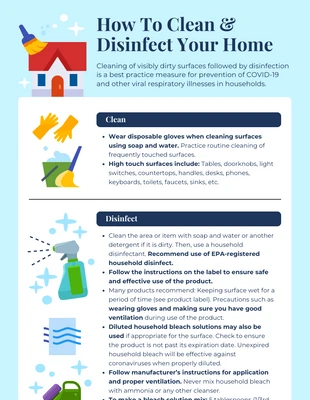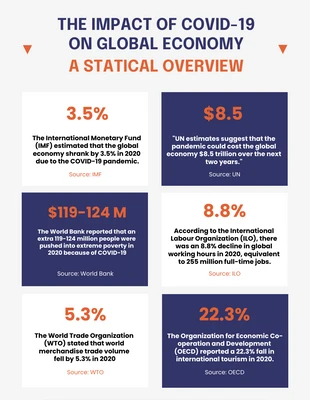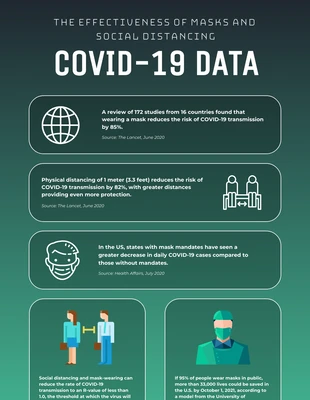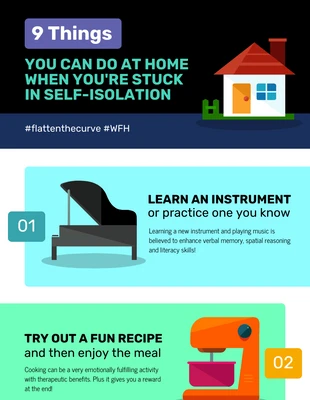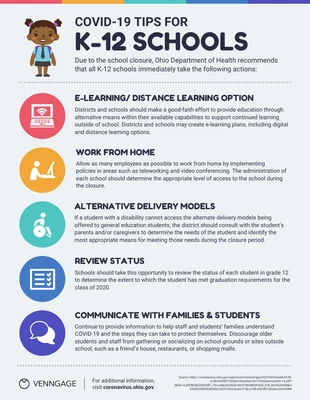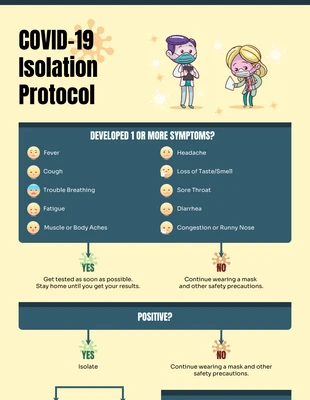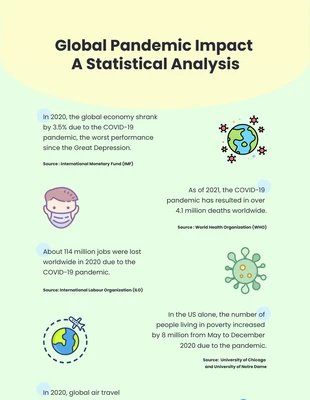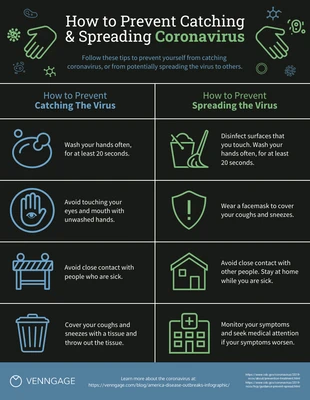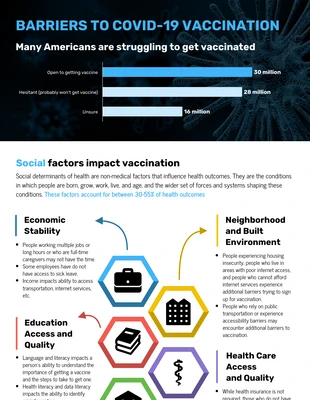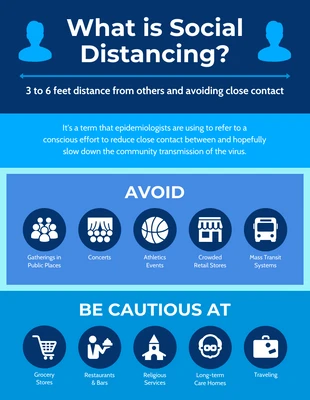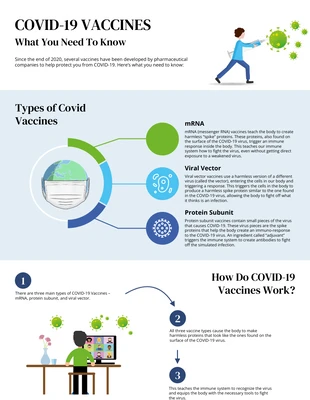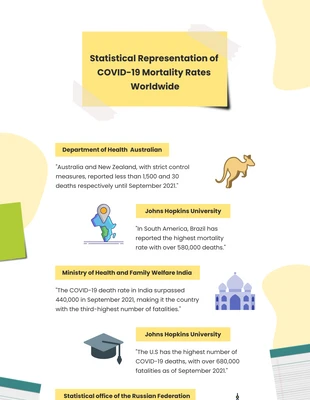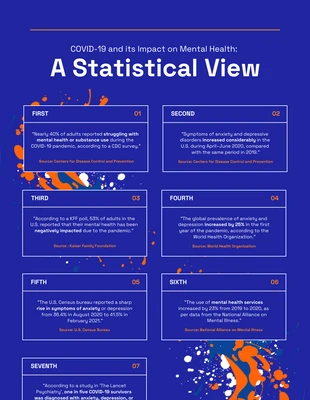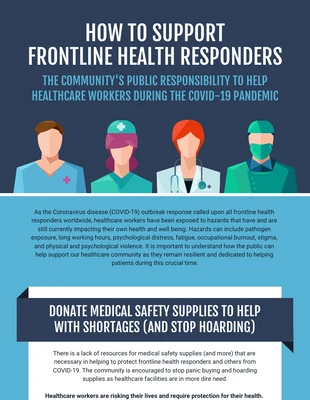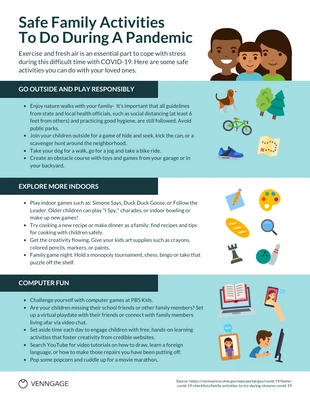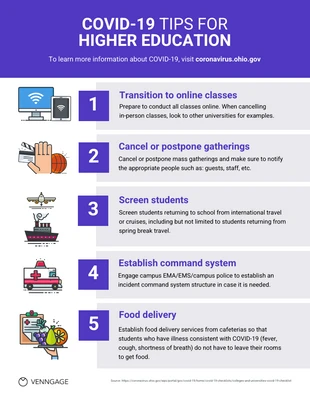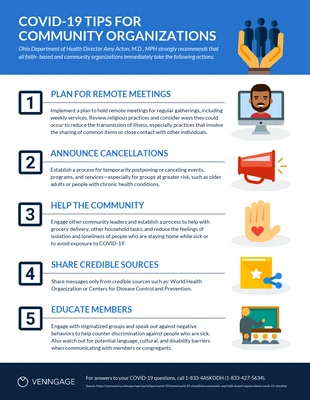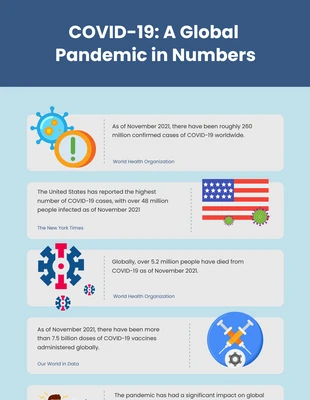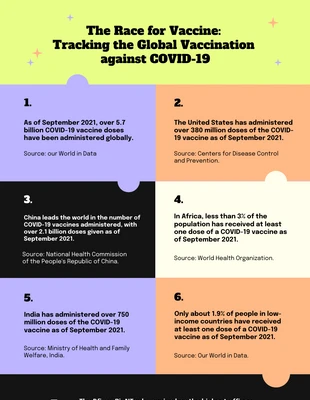Covid Infographics Templates
Navigate the pandemic landscape with our COVID infographics templates, where complex data is sanitized into clear, digestible visuals. Mask up your information with designs that immunize against confusion, shedding light on vital statistics and safety measures. Let's social distance from misinformation, turning every piece of data into a beacon of clarity and awareness in these unprecedented times.
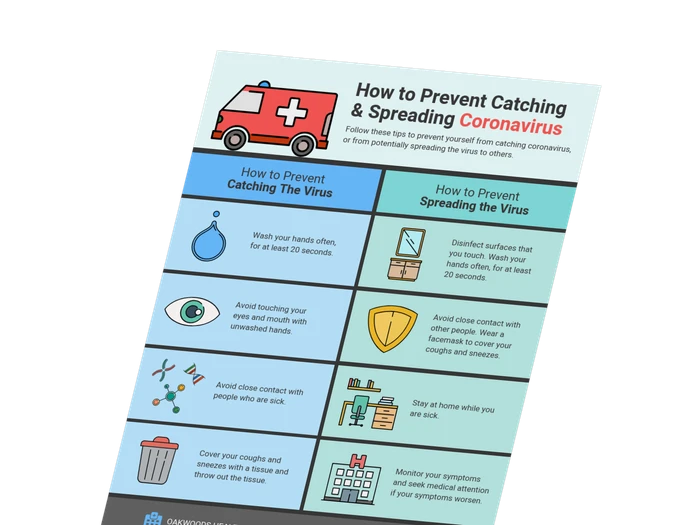
covid infographics
covid infographics
covid infographics
covid infographics
covid infographics
covid infographics
covid infographics
covid infographics
covid infographics
covid infographics
covid infographics
covid infographics
covid infographics
covid infographics
covid infographics
covid infographics
covid infographics
covid infographics
covid infographics
covid infographics
covid infographics
covid infographics
covid infographics
covid infographics
covid infographics
covid infographics
covid infographics
covid infographics
covid infographics
covid infographics
Popular template categories
- Brochures
- Mind maps
- Posters
- Presentations
- Flyers
- Diagrams
- Reports
- White papers
- Charts
- Resumes
- Roadmaps
- Letterheads
- Proposals
- Plans
- Newsletters
- Checklist
- Business cards
- Schedules
- Education
- Human resources
- Ebooks
- Banners
- Certificates
- Collages
- Invitations
- Cards
- Postcards
- Coupons
- Social media
- Logos
- Menus
- Letters
- Planners
- Table of contents
- Magazine covers
- Catalogs
- Forms
- Price lists
- Invoices
- Estimates
- Contracts
- Album covers
- Book covers
- Labels
- See All Templates

